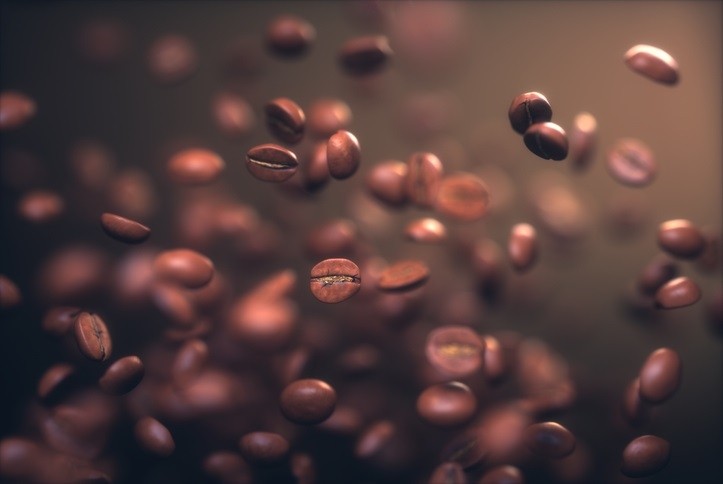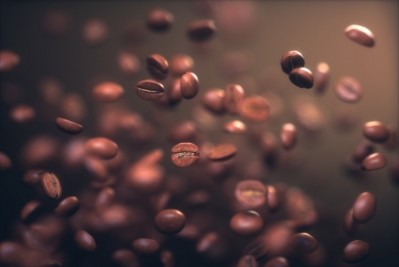Australian researcher looks for science in natural remedies
Healing compounds could release value from coffee waste

A senior lecturer in biosciences and biotechnology at RMIT University in Melbourne, Tien Huynh is passionate about the compounds in plants that can be concentrated and applied for countless cosmetics and healthcare purposes.
She also has a burning desire to improve the lives of smallholder farmers while reusing the huge amount waste from the coffee they produce which is unneeded and discarded.
Coffee compounds and cognitive health
Tien Huynh regularly returns to her native Vietnam to search for new compounds that she can put to use.
“One of the main industries in Vietnam is coffee, but this produces a lot—I mean, a huge amount—of waste. About 50% of the berries are wasted and the beans we get our coffee from are discarded as spent coffee grounds,” Dr Huynh said.
“I come from a medical science background and I’m a specialist in skincare and wound healing, and I had the idea to test all the various compounds in the coffee, looking at different applications that can fix specific problems. These come from the whole coffee fruit.”
On the menu is wound care, especially in diabetes patients who have difficulty healing, and conditions like sensitive skin and eczema, which are growing as more people develop allergies. Some coffee compounds help with cognitive health and can reduce the severity of Alzheimer’s.
Dr Huynh has tested many of the compounds from both the coffee beans and the various waste elements of the berry, such as immature green beans, the husk, the skin and the pulp. She uses data to indicate the parts which contain the main bioactive components and which will give the best therapeutic effects.
“What we found was the husk was slightly better for wound healing than the bean, but the pulp was significantly better, by more than twice,” she said.
This came as a surprise as she expected the bean itself to be the prime source for compounds that can help the healing process, including chlorogenic and acetic acids. It was a pleasant surprise, though, because if the compounds could be commercialised, their wound-healing properties could give farmers a value for otherwise discarded coffee pulp, which accounts for half of the coffee berry.
“The exciting thing is, if we can find a really good application for it, the pulp is going to be worth more than the beans themselves, so that gives the farmer an opportunity to get something back for their work,” she said.
“The last I checked, farmers were only getting $2 per kilo for their coffee, and it’s bound to go lower than that, and that’s for premium coffee; some farmers only profit $100 a year. It’s backbreaking work and they get very little back for it. It’s going to be a game-changer for them.”
'The applications are basically limitless'
Based on Dr Huynh’s research, the compound will also be a game changer for diabetes patients, burns victims and even women with stretch marks after childbirth.
“Normally, you would get 18 percent wound closure after 24 hours,” she explained. “After the same period of time, we have been getting more than 40 percent healing from extracts from the pulp. By the time 48 hours comes along, there’s no wound, while the other one is still healing naturally.”
Coffee’s compounds can be extracted and concentrated into a range of formats to give fast and effective results, Dr Huynh continued. These would likely appear as complementary medicines and supplements, and are not limited to wound healing. They include compounds that are seen as being neuroprotective, which increase alertness or repair damage caused by some neurogenerative conditions.
She has also found a compounds in coffee that reduce inflammation and blood pressure, and others that boosts brain energy when it is needed.
“The applications are basically limitless. If you’re looking at Alzheimer’s, some of the compounds like chlorogenic acid in coffee are meant to bind to an enzyme that’s linked to Alzheimer’s. If we can concentrate that natural compound, we can look at ways to reduce Alzheimer’s incidence or severity,” she said.
“If you’re looking at people with brain dysfunction, when the signals are not travelling easily because there is a lack of energy flowing into the brain, you can concentrate lactic acid from coffee, for instance. If you can refine the different compounds in a higher concentration, they will be much more effective for a whole combination of things.
This is all done not just with the consumer or patient in mind, but also for the benefit of the people who produce the coffee, Dr Huynh stresses.
“I can see a lot of applications so I test them, then I go back to the farmers and help them develop ways to produce it. As scientists, we are problem solvers and if we can work together we can achieve amazing things. I will always go to another researcher and beg to collaborate, if I think I can help.”
Traditional remedies meet modern science
The origins of her work mostly predate Dr Huynh and generations of her ancestors, stretching back to when natural ingredients were being adopted as traditional remedies.
For instance, it may be known in Asia that a certain botanical can help remedy a certain condition, but it is the job of scientists to understand which element of the plant provides that effect and the science behind it.
“I think traditional medicine is a really good indicator of what is possible,” she said.
“They’ve done it through trial and error; there might not be a lot of science in it, but there is a bit of truth in a lot of these traditional medicines. Where we come in is to follow up and find out specifically out why a plant does certain things and ways we can improve on it, so consumers can benefit from these amazing plants.”








